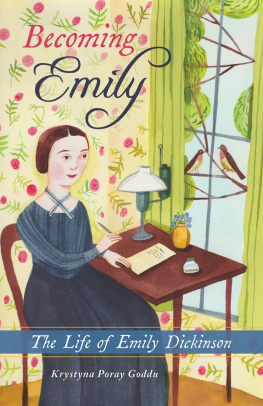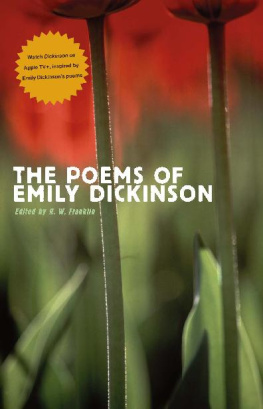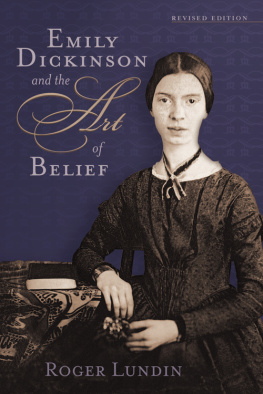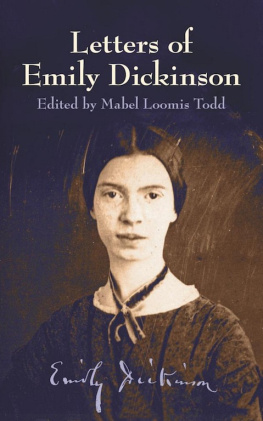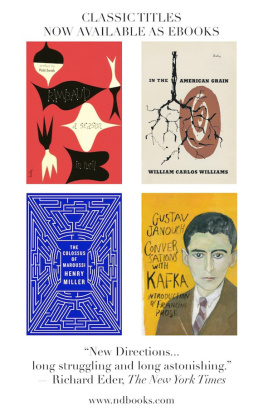Sexual Personae
Sexual Personae
Art and Decadence from
Nefertiti to Emily Dickinson
CAMILLE PAGLIA

First published as a Yale Nota Bene book in 2001.
Copyright 1990 by Yale University. All rights reserved.
This book may not be reproduced in whole or in part, including illustrations, in any form (beyond that copying permitted by Sections 107 and 108 of the U.S. Copyright Law and except by reviewers for the public press), without written permission from the publishers.
Published with assistance from the foundation established in memory of Amasa Stone Mather of the Class of 1907, Yale College.
The author gratefully acknowledges permission to use the following material: Sex and Violence, or Nature and Art, by Camille Paglia, first appeared (in a somewhat different form) in Western Humanities Review, Vol. XLII, No. 1 (Spring 1988). The Apollonian Androgyne and the Faerie Queene, by Camille Paglia (here revised), is reprinted with permission from English Literary Renaissance 9.1 (1979), 4263. Oscar Wilde and the English Epicene, by Camille Paglia, appeared in a somewhat different form in Raritan, Vol. IV, No. 3 (Winter 1985). Poems 656, 1027, and 1711, by Emily Dickinson, are reprinted by permission of the publishers and the Trustees of Amherst College from The Poems of Emily Dickinson, edited by Thomas H. Johnson, Cambridge, Mass.: The Belknap Press of Harvard University Press, Copyright 1951, 1955, 1979, 1983 by the President and Fellows of Harvard College.
For information about this and other Yale University Press publications, please contact:
U.S. office sales.press@yale.edu
Europe office sales@yaleup.co.uk
Library of Congress Catalog Card Number 8931659
ISBN 0-300-09127-3
Designed by Richard Hendel and set in Linotype Walbaum type by Keystone Typesetting, Inc., Orwigsburg, Pennsylvania. Printed in the United States of America
10 9 8 7 6 5 4 3 2 1
for my grandmothers
and my aunt
Vincenza Colapietro
Alfonsina Paglia
Lenora Antonelli
Contents
Illustrations
Preface
Sexual Personae seeks to demonstrate the unity and continuity of western culturesomething that has inspired little belief since the period before World War I. The book accepts the canonical western tradition and rejects the modernist idea that culture has collapsed into meaningless fragments. I argue that Judeo-Christianity never did defeat paganism, which still flourishes in art, eroticism, astrology, and pop culture.
The first volume of Sexual Personae examines antiquity, the Renaissance, and Romanticism from the late eighteenth century to 1900. I demonstrate that Romanticism turns almost immediately into Decadence, which I find throughout major nineteenth-century authors, even Emily Dickinson. The second volume will show how movies, television, sports, and rock music embody all the pagan themes of classical antiquity. My approach throughout the book combines disciplines: literature, art history, psychology, and religion.
What is art? How and why does an artist create? The amorality, aggression, sadism, voyeurism, and pornography in great art have been ignored or glossed over by most academic critics. I fill in the space between artist and art work with metaphors drawn from the Cambridge School of Anthropology. My largest ambition is to fuse Frazer with Freud.
What is sex? What is nature? I see sex and nature as brutal pagan forces. My stress on the truth in sexual stereotypes and on the biologic basis of sex differences is sure to cause controversy. I reaffirm and celebrate womans ancient mystery and glamour. I see the mother as an overwhelming force who condemns men to lifelong sexual anxiety, from which they escape through rationalism and physical achievement.
I show how much of western life, art, and thought is ruled by personality, which the book traces through recurrent types or personae (masks). My title was inspired by Ingmar Bergmans cruel, dreamy masterpiece, Persona (1966). My method is a form of sensationalism: I try to flesh out intellect with emotion and to induce a wide range of emotion from the reader. I want to show meaning arising from simple everyday thingscats, grocery stores, bridges, chance encountersand thereby to liberate criticism and interpretation from their imprisonment in classroom and library.
Acknowledgments
Harold Bloom has been a tremendous source of encouragement and practical help throughout this project. I am very grateful for his warm hospitality to my ideas.
Milton Kessler hugely influenced the way I read and teach literature. I am grateful for the early support of my work by Geoffrey Hartman, Richard Ellmann, Barbara Herrnstein Smith, Richard Tristman, and Alvin Feinman.
My parents, Pasquale and Lydia Paglia, and sister Lenora have provided unflagging spiritual and material support for all my endeavors. Thanks to my extended family: Albert and Angelina Mastrogiacomo, Bruno and Jane Colapietro, Sister Rita Mastrogiacomo, Wanda Hudak, Rico and Jennie DiPietro, and Numa Pompilius.
Friends who heroically gave of their time and effort to advise me on the manuscript are Robert L. Caserio, Bruce Benderson, Heidi Jon Schmidt, James Fessenden, and Kent Christensen. Friends who generously nurtured me over the long haul are Helen Vermeychuk, Elizabeth Davis, Stephen Feld, Ann Jamison, Kristen Lippincott, and Lisa Chedekel.
I would also like to thank Ronald R. Macdonald, John DeWitt, Carmelia Metosh, Kristoffer Jacobson, Gregory Vermeychuk, Rachel Wizner, Margaret W. Ferguson; R. D. Skillings, Jeannette LeBlanc, Jeanne Bloom, Stephen Jarratt, Linda Ferris, Robert A. Goldstein, Carole C. Leher, Cammy Sanes, Frances Fanelli, and Sarah S. Fought.
I am grateful to Ellen Graham, the sponsoring editor, and Judith Calvert, the manuscript editor, for their expert contributions to my book. Financial support was received from the Fels Facilities Fund of Bennington College, the Faculty Research Project Grants of Philadelphia College of the Performing Arts, and the Presidents Completion Grants of the University of the Arts. Earlier versions of Chapters One, Six, and Twenty-One appeared in Western Humanities Review, English Literary Renaissance, and Raritan.
Sexual Personae
1
Sex and Violence, or Nature and Art
In the beginning was nature. The background from which and against which our ideas of God were formed, nature remains the supreme moral problem. We cannot hope to understand sex and gender until we clarify our attitude toward nature. Sex is a subset to nature. Sex is the natural in man.
Society is an artificial construction, a defense against natures power. Without society, we would be storm-tossed on the barbarous sea that is nature. Society is a system of inherited forms reducing our humiliating passivity to nature. We may alter these forms, slowly or suddenly, but no change in society will change nature. Human beings are not natures favorites. We are merely one of a multitude of species upon which nature indiscriminately exerts its force. Nature has a master agenda we can only dimly know.
Human life began in flight and fear. Religion rose from rituals of propitiation, spells to lull the punishing elements. To this day, communities are few in regions scorched by heat or shackled by ice. Civilized man conceals from himself the extent of his subordination to nature. The grandeur of culture, the consolation of religion absorb his attention and win his faith. But let nature shrug, and all is in ruin. Fire, flood, lightning, tornado, hurricane, volcano, earthquakeanywhere at any time. Disaster falls upon the good and bad. Civilized life requires a state of illusion. The idea of the ultimate benevolence of nature and God is the most potent of mans survival mechanisms. Without it, culture would revert to fear and despair.
Next page

